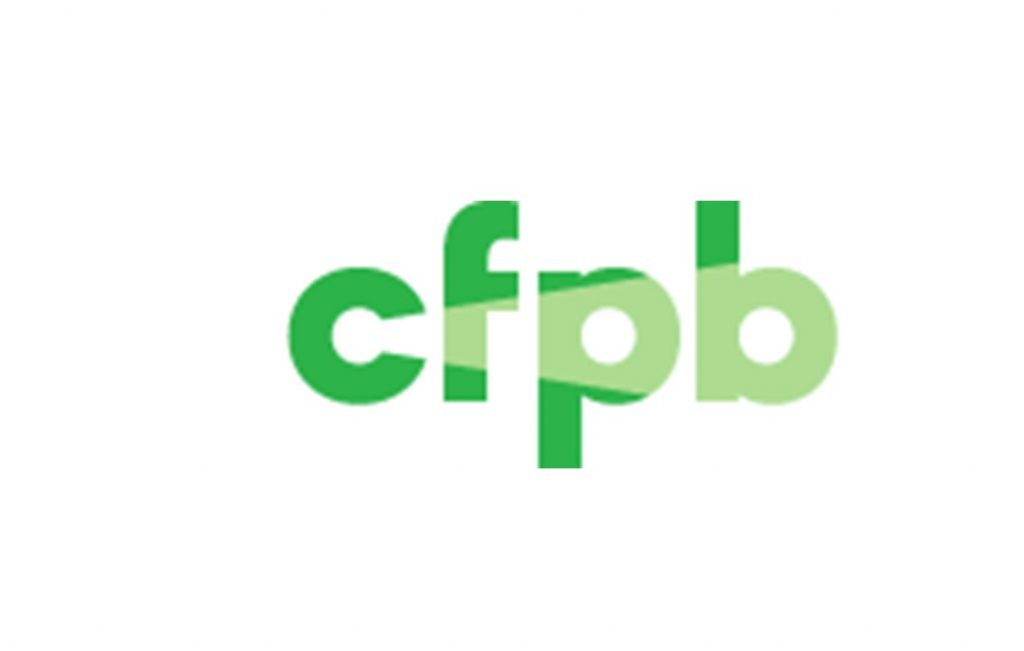
| Entities | |
| Topics and Issues | Debt collection (6) Medical debt (38) |
In February 2023, the CFPB issued three documents related to collections and credit reporting:
- Market Snapshot: Trends in Third-Party Debt Collections Tradelines Reporting
- Press release: CFPB Finds One-Third Decline in Collections Items on Consumer Credit Reports
- Blog (John McNamara): Debt collectors re-evaluate medical debt furnishing in light of data integrity issues
The press release reported of a CFPB review of
trends in credit reporting of debt in collections from 2018 to 2022. The report found the total number of collections tradelines on credit reports declined by 33%, from 261 million tradelines in 2018 to 175 million tradelines in 2022. The share of consumers with a collection tradeline on their credit report decreased by 20% in the same timeframe.
The Bureau also “released…additional analysis examining factors that increase the likelihood of inaccurate medical collections reporting and may contribute to the decline in medical collections tradelines.” Director Chopra said that while the Bureau’s “analysis of credit reports provides yet another indicator that, due to a strong labor market and emergency programs during the pandemic, household financial distress reduced over the last two years…false and inaccurate medical debt on credit reports continues to be a drag on household financial health.”
The report highlights:
- The decline in collections tradelines was driven by fewer reports by contingency-fee-based debt collectors, who primarily collect on medical bills. Contingency-fee-based debt collectors reported 38% fewer collections tradelines from Q1 2018 to Q1 2022, while the number of collections reported by the subset of debt buyers increased by 9% over the same period. The number of unique contingency-fee-based debt collectors also declined by 18% (from 815 to 672). Medical bills account for 68.9% of furnished collections by contingency-fee-based debt collectors.
- Concerns about data integrity and the associated costs that would come with furnishing disputed information may explain some of the decrease in collections tradelines on credit reports. CFPB market monitoring indicates that contingency-fee-based debt collectors are moving away from furnishing collections information to credit reporting companies in part due to their concerns about data integrity and their ability to comply with the Fair Credit Reporting Act, including dispute processing. CFPB’s analysis on medical debt reporting describes the difficulty of assuring the accuracy of medical bills, including the lack of timely access to healthcare providers’ billing and payment information.
- Medical collections tradelines still constitute a majority of all collections on consumer credit reports. Despite the decline in collections reporting, medical collections tradelines still represent 57% of all collections items on credit reports. Upcoming changes to medical collections reporting, as previously announced by the nationwide consumer reporting companies, will remove small dollar (less than $500) and paid medical collection tradelines from consumer credit reports. While this will reduce the total number of medical collections tradelines, an estimated half of all consumers with medical collections tradelines will still have them on their credit reports, with the larger collection amounts (representing a majority of the outstanding dollar amount of medical collections) remaining on credit reports.